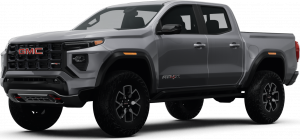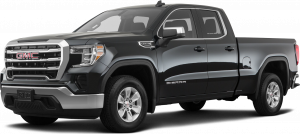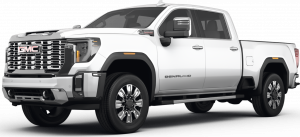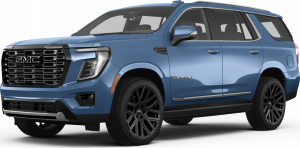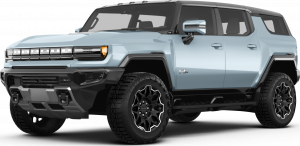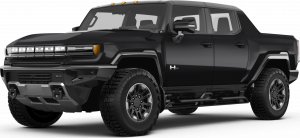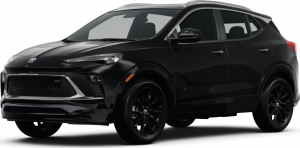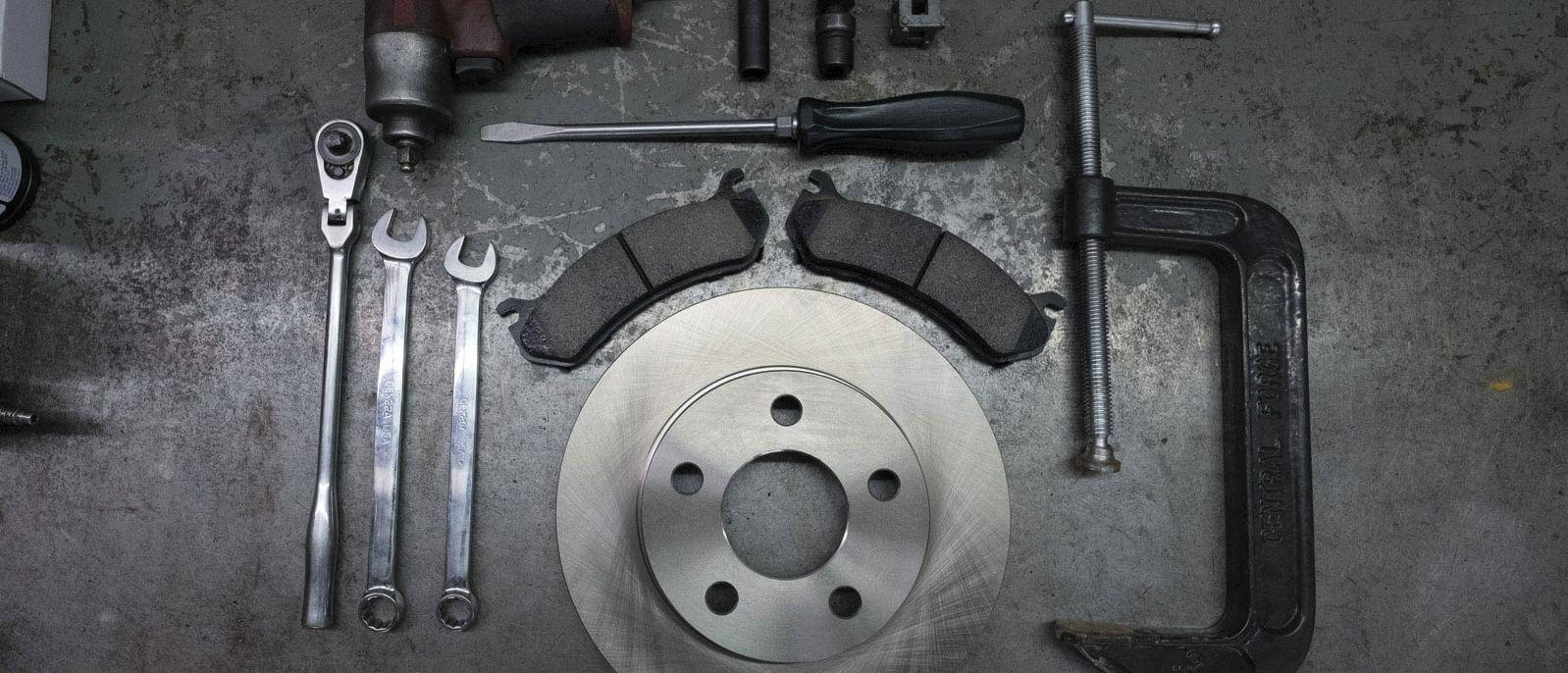
Frequently Asked Questions Answered by an Expert
Your brakes are one of the hardest working parts and most important systems on your vehicle.
FAQ
Q: How do I know when I need new brakes?
A: Brake pads are equipped with wear indicators that produce a squeaking noise when the brakes are almost worn out. The noise may be present with or without the brake pedal applied, but when noise is heard from the wear indicator, the brake pads should be replaced as soon as possible. Wear indicators are set to create noise when there is around 2 mm of brake pad friction material thickness remaining. In the case of assessing pad wear through inspection, pads should be replaced at or before 2 mm thickness is reached.Brake rotors are marked with a “minimum thickness” on the casting (usually 2 mm to 3 mm less than the new rotor thickness). Rotors should be replaced before they reach this minimum thickness and should not be “turned” (machine refinished) below this.
Q: Must I always turn or replace my rotors when changing my pads?
A: No. If there are no conditions such as pedal pulsation or steering-wheel vibration during braking, and the brake rotor is at least 1 mm thicker than the discard thickness, then it does not need to be turned or replaced.
Q: Why does my brake pedal pulse?
A: Brake-pedal pulsation and other conditions such as steering-wheel shaking while braking are caused by thickness variation in the brake rotor. When a thicker spot of the rotor rotates through the caliper, it pushes back against brake fluid, which can be felt at the brake pedal. The brake fluid and pedal then relax again as the thick spot exits the caliper. This process produces pedal pulsation and “brake torque variation,” which can shake the steering wheel and seats. Brake pulsation is not caused by warping of the disc. However, distortion of the disc due to excessive temperatures or improper installation and torqueing of the wheels can lead to brake rotor thickness variation over time. Brake-pedal pulsation is corrected by turning and/or replacing the brake rotors to eliminate the thickness variation.
Q: Why do my brakes squeal? How can I stop it?
A: Brake squeal is caused by the high-frequency vibration of brake components (rotor, calipers, and/or pads) in response to excitation from the brake friction process. A significant amount of time and engineering goes into eliminating brake squeal from original equipment brake components. Brake components are engineered as a complete system—factory-original performance can only be assured when using original equipment brake pads and rotors. When brake squeal occurs, there may be damage or excessive wear on one or more components affecting noise, including the brake pads, the noise-damping shim that is bonded to the brake pad, or the rotor friction surface.In addition, it should be recognized that high-performance and track-capable brake systems using high-performance pad materials will always be at higher risk for producing brake squeal noise, even when no damage to the components is present.
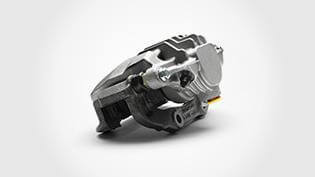
BRAKE CALIPER
The brake caliper is a hydraulic clamp that pinches the brake pad onto the brake rotor.
Signs of wear:- Brake lockup
- Vehicle pulls to the left or right when brakes are applied
- Reduced braking force
- Spongy brake pedal feel
- Brake pedal pulsation
- Longer stopping distances
- Fluid leakage near caliper
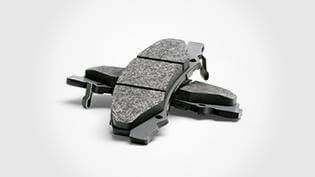
BRAKE PADS
These flat pads comprised of frictional material make contact with the rotor, bringing your vehicle to a stop.
Signs of wear:- Chirping, grinding, or squealing noise?
- Difficulty stopping
- Low brake-pedal height
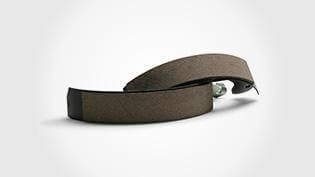
BRAKE SHOES
Used in rear drum braking systems, brake shoes press against the inside of brake drum, slowing and stopping your vehicle.
Signs of wear:- Low brake-pedal height
- Longer stopping distances
- Squealing or unusual noises
- Brake-pedal pulsation

BRAKE HOSE
The brake hose carries brake fluid from the solid-steel brake lines on your vehicle’s frame to the caliper (disc brakes) or wheel cylinder (drum brakes). Flexible brake hoses are necessary to allow the caliper or wheel cylinder to move freely with your vehicle’s suspension.
Signs of wear:- Spongy brake-pedal feel
- Visible hose cracks
- Fluid leaks
- Damp appearance on hose
- Vehicle pulls to the left or right when brakes are applied
CONTACT US









